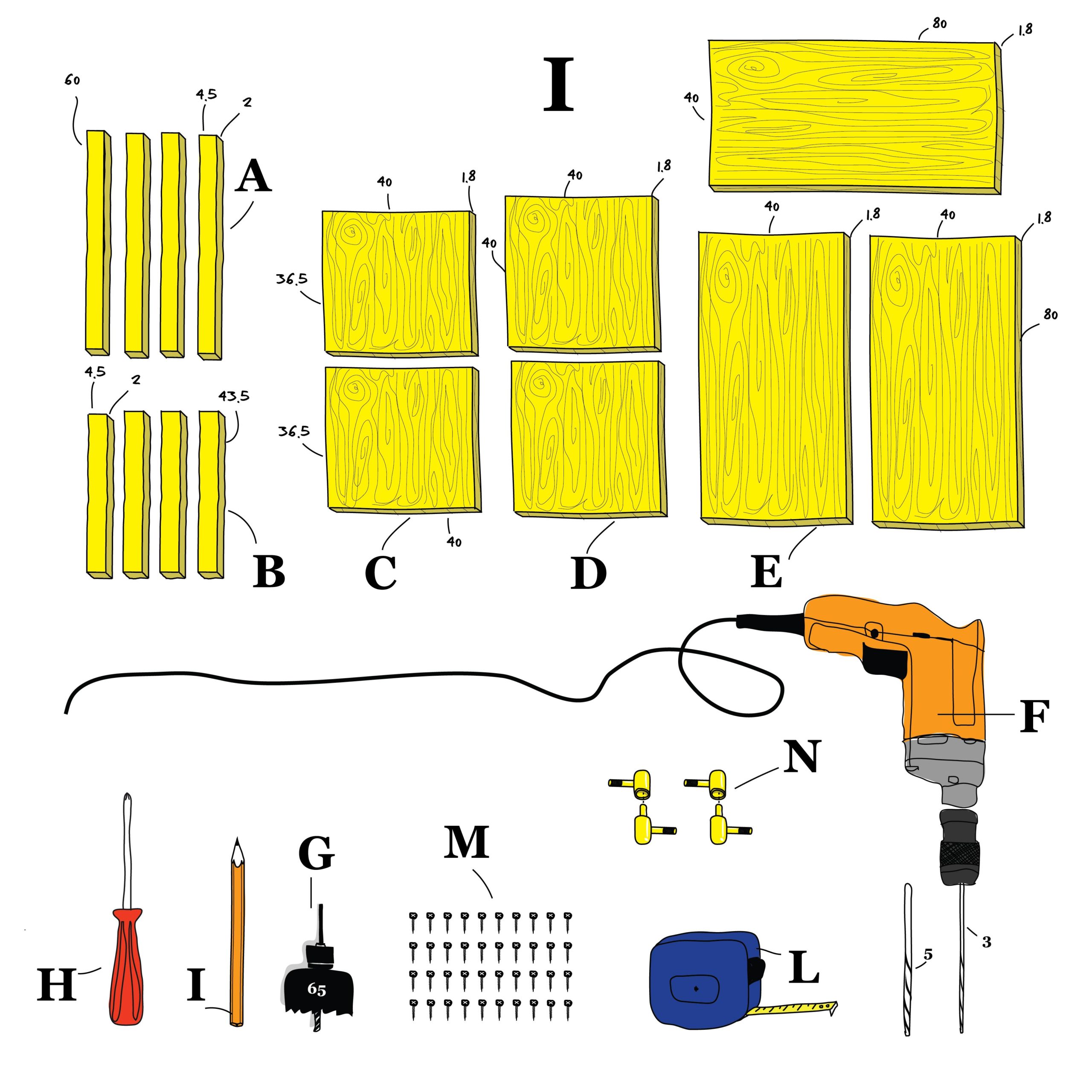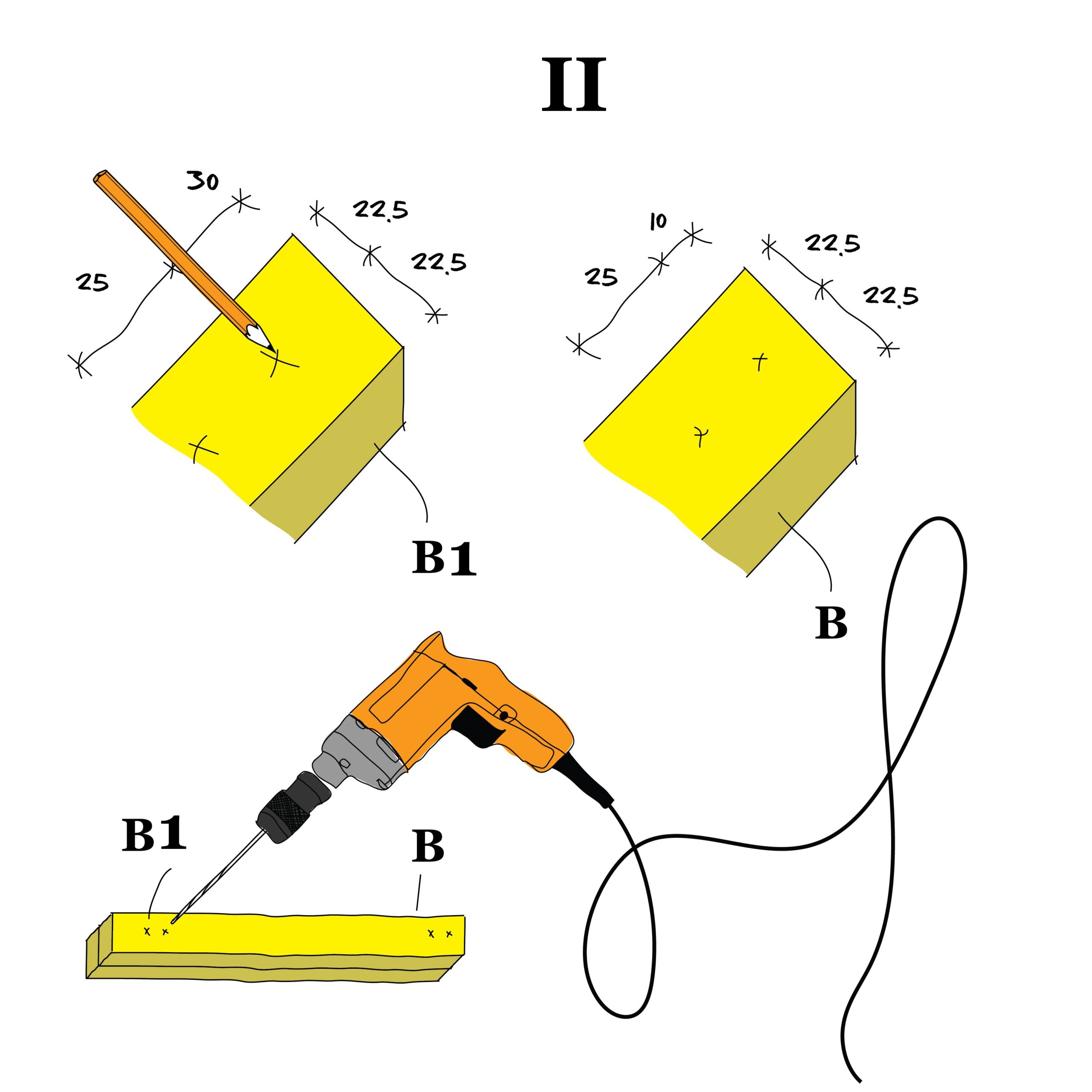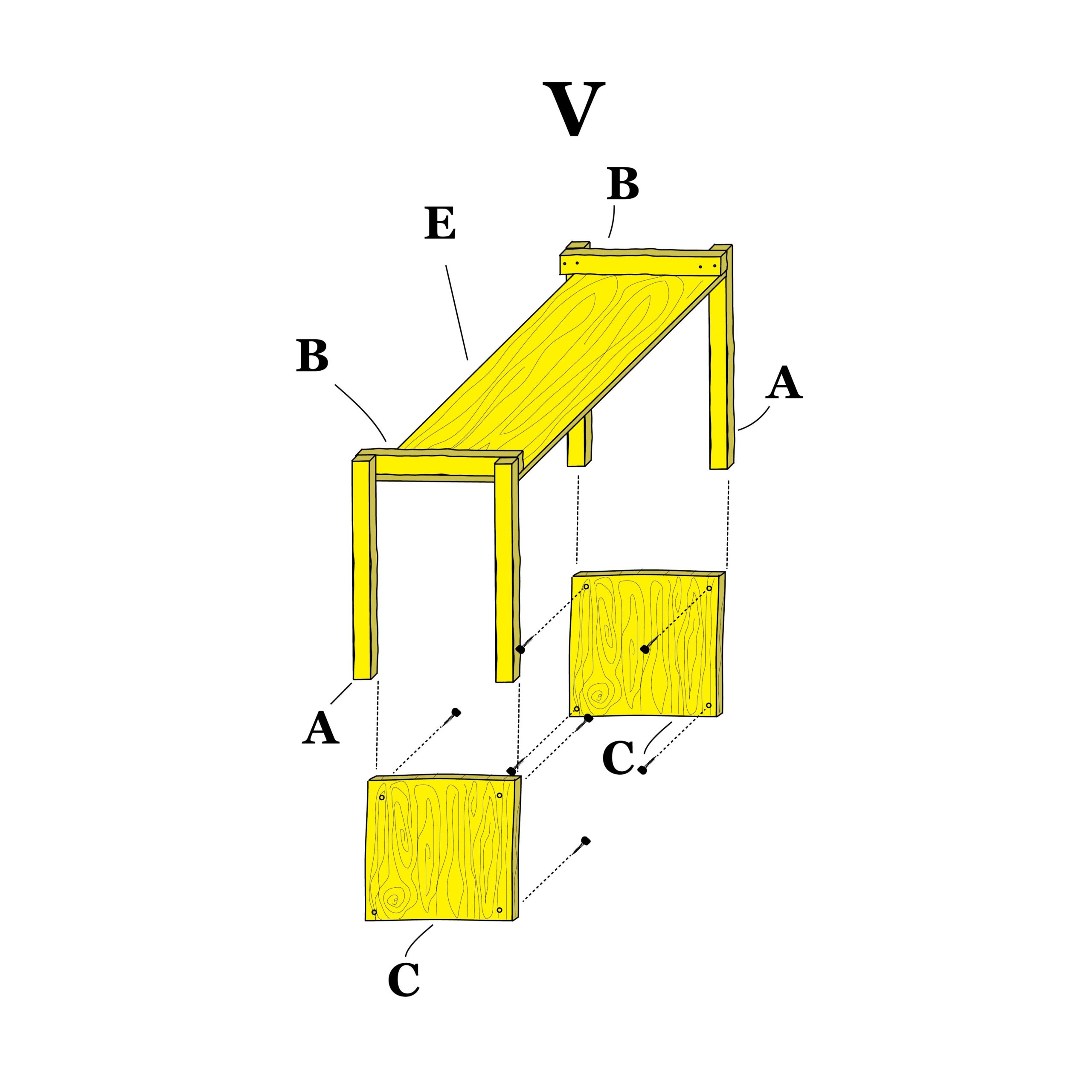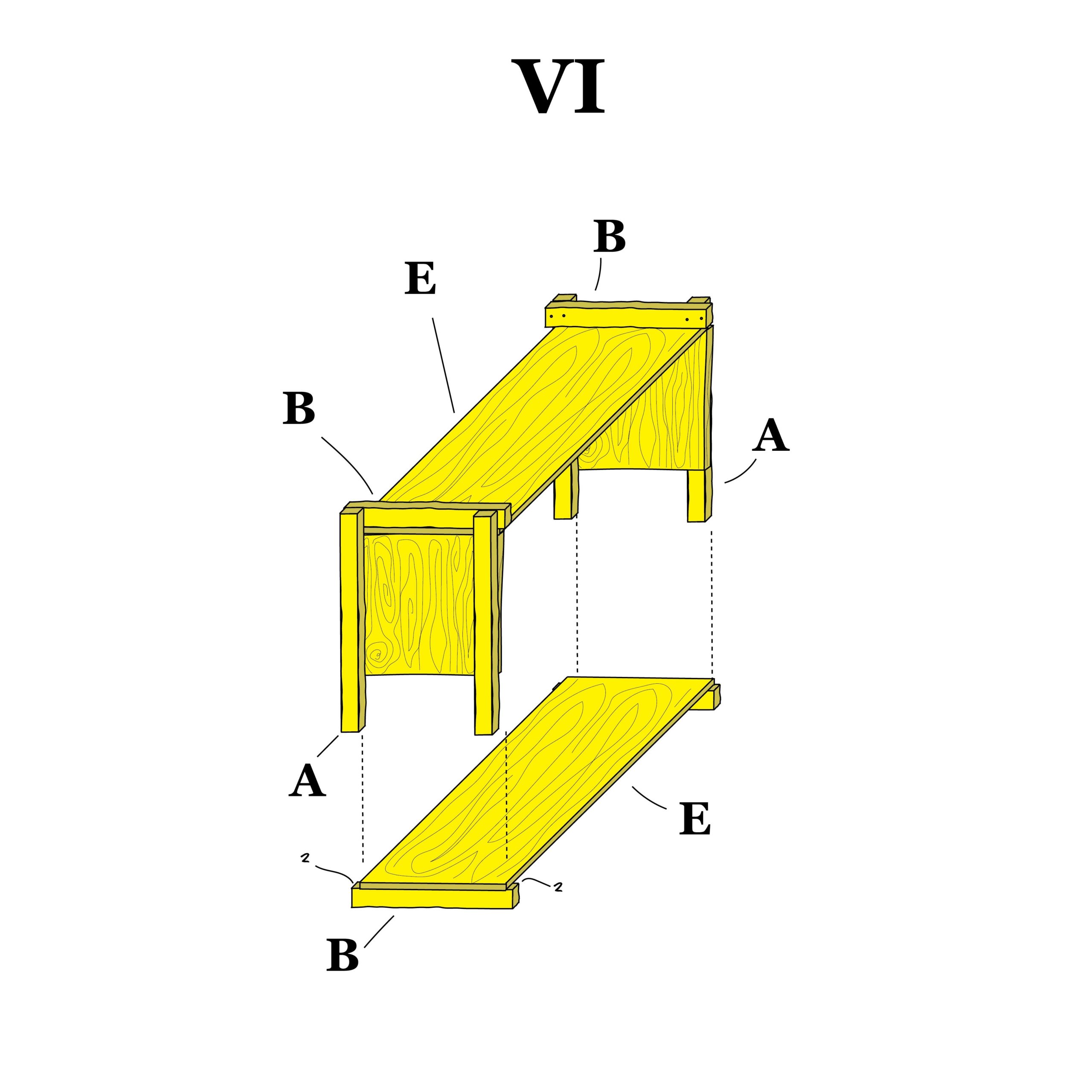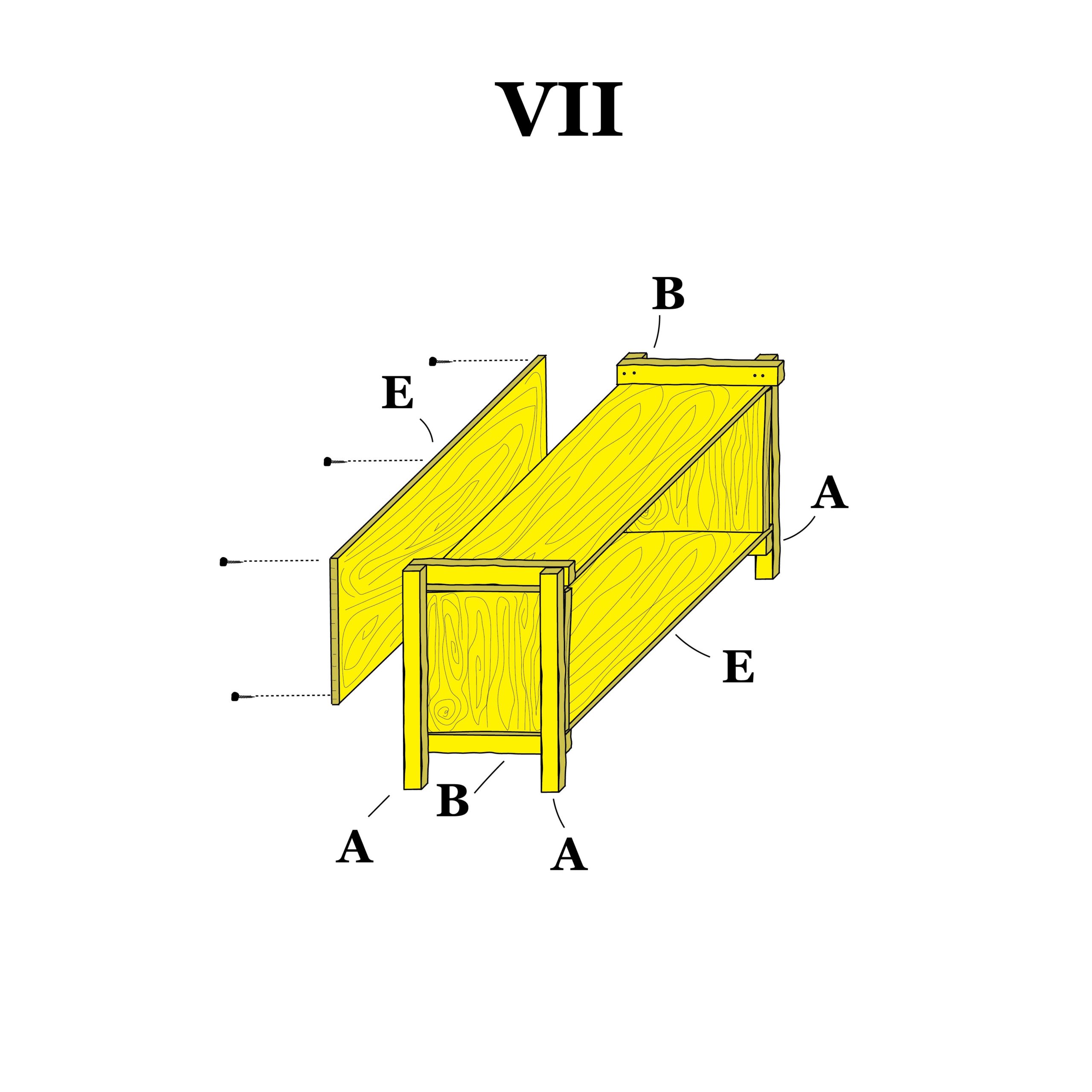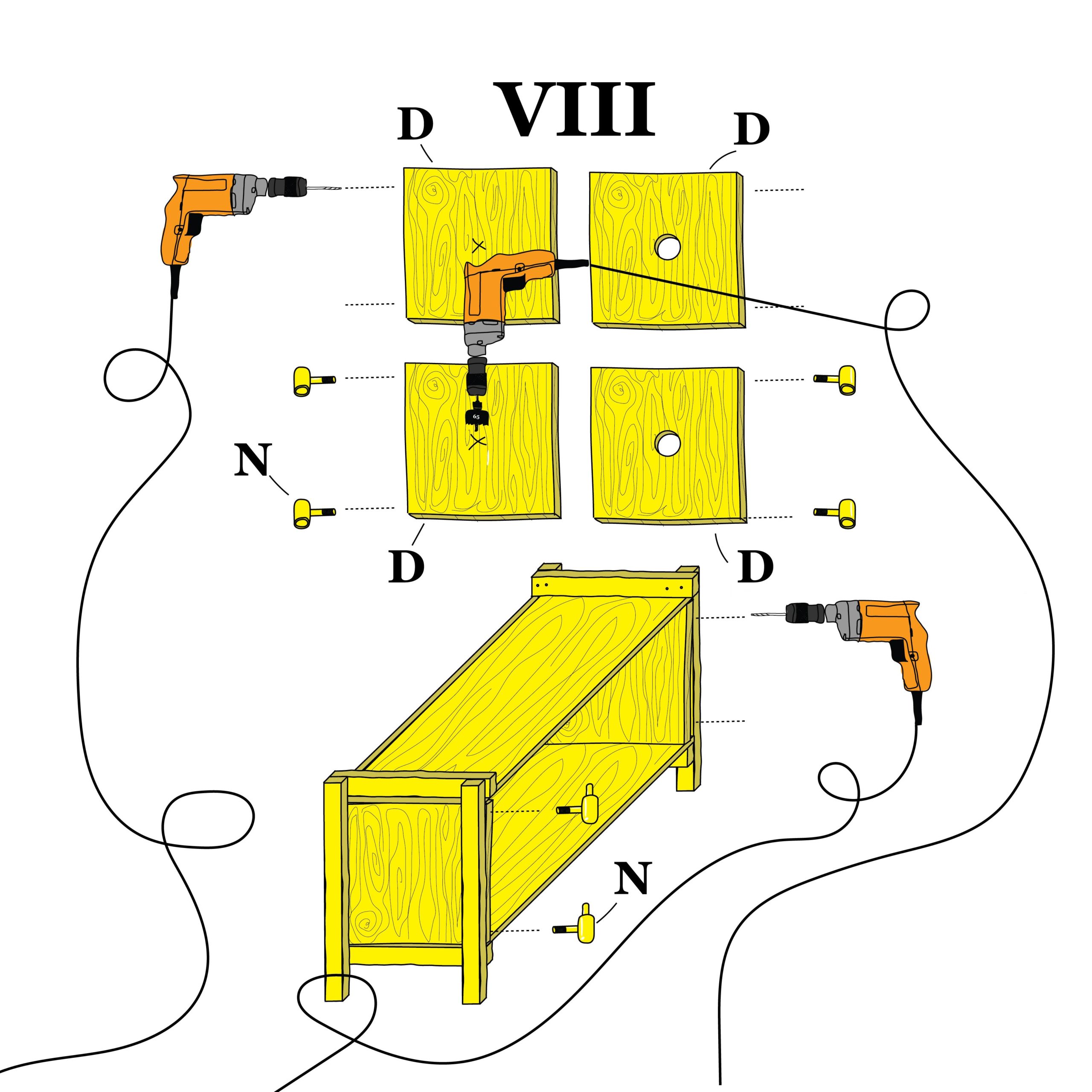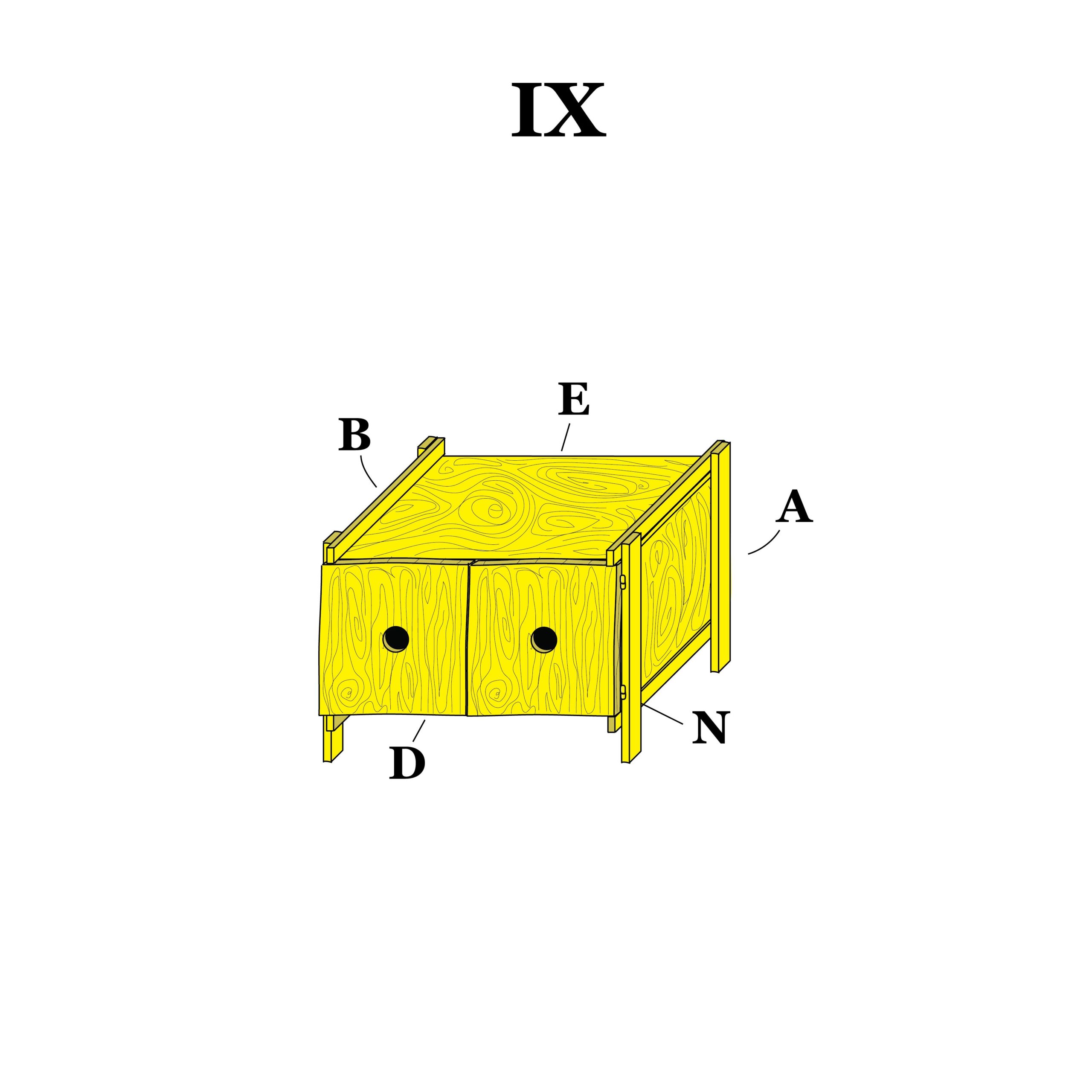A living manifesto in ten objects:
#9 Wardrobe
CARTE BLANCHEANTONIO SCARPONI • 27.11.2018
Read the manifesto in our first article #1 armchair.
The wardrobe of Thoreau. On July 14th 1845, twenty years old Henry David Thoreau is walking alone in the direction of the woods surrounding the Walden Lake, an uncontaminated wild place. There he builds a hut where he will stay for the coming two years and where he will write his book, looking for how to restore the relationship with nature and with himself. It’s his way to resist to the depersonalization of modern society.
Among others, we find in his writings the description of how he built his home, including furniture and related costs. The romantic idea to live in the woods, or anyway in a hut, alone, away from everything and everyone, is a fascinating idea of many others. Here some names: Heidegger, Wittgenstein, Adorno, Le Corbusier, Unabomber and, if I may, myself as well, but only up to a certain extent.
Wardrobes are made to hide secrets. Secrets like lovers, skeletons, or simply underwear. I wonder what kind of secrets Thoreau was hiding. A new idea of living, hiding secrets. I like to imagine the wardrobe of Thoreau like this.
A, B. FSC certified fir strips, planed and variably sized. The profiles are available in length of 2.5 m and can be bought in any DIY store (e.g., Coopbau, Jumbo, Migros DoIt, Bauhaus etc..). With this scheme you can get the pieces cut on site. Try to select the profiles with fewer knots and as straight as possible.
C, D, E. FSC certified fir strips, class B. Made from one sole board, sized:1.8 x 40 x 200 cm.
F. Electric drill / screwdriver, with 3 mm wood drill bit.
G. Hole drill of ø65 mm.
H. Screwdriver; we recommend to use an electric screwdriver.
I. Pencil.
L. Extensible measuring tape.
M. Drywall screws 3.5×35 mm, black (important).
N. Wood hinges, with a ø5 mm hole.
Mark with the pencil (I) the measures shown on each end of profiles of type B, like explained in option B and B1. Use the 3 mm wood drill tip (D) to drill the holes according to the measuring marks. Use the first drilled profile as an example to drill following drills. We suggest placing a scrap under the profiles while drilling to avoid damage to the underlying surface.
Mark the E boards as drawn and make holes with a ø3 mm wood drill tip. After that, screw B profiles as from the picture, i.e. Leave 2 cm on each edge of board E.
Screw the E boards, together with the previously fastened B profiles, to profiles A in order to form the wardrobe uprights. At the same time, make holes on boards C as shown in the picture.
Fasten boards C to the uprights A from the inside, as shown in the picture.
At this point, board E can be placed from the inside of the structure formed by profiles A, against the newly assembled boards C. Fix it to profile A, from the inside as well.
At this point you can assemble the third board E from behind, as a backrest supporting the entire structure.
Make a hole with a ø65 mm hole drill, in the middle of the two boards D. At the same time you can also make the 5 mm holes on the sides where you will fix the hinges later on. Be aware to follow the instructions of the hinges you bought for this purpose. We suggest you use a kind similar to the one shown in the picture.
This is the wardrobe of Thoreau as I like to imagine it, ready to take and keep your secrets. Why are there holes in the doors? Because even secrets might need to breathe, unless youwant to change a lover into a skeleton. But don’t be afraid! This wardrobe is small and a lover, even if very tiny, would not fit in. This was anyway not Thoreau’s problem. He chose to live in the woods with only himself as a companion. Based on the same principle and some changes you might also make a larger (and heavier) wardrobe to keep whatever secret you might need to hide.
Illustrations: Antonio Scarponi
